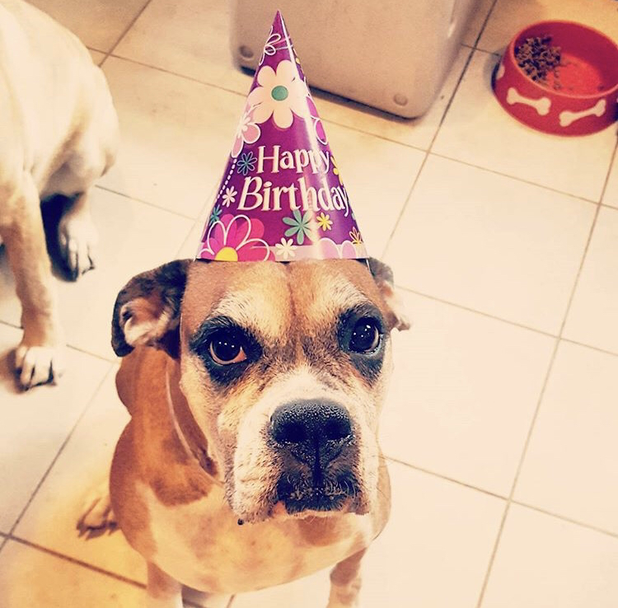|
Today we share the story of Barnaby the Frenchie from Queensland, Australia. Amelie tells us about their experience dealing with intervertebral disc disease (IVDD), some of the practical aspects of managing a paralyzed dog, and their recent success with acupuncture. Thanks Amelie! In November 2018 we woke one morning to find Barnaby not wanting to move or use his back legs, but not showing any sign of pain. We took him to our local vet who didn't seem too concerned and sent us home with painkillers. But 24 hours later there was no improvement, so back into the vet we went again and this time it was deemed dire. They diagnosed that he had a ruptured disc and a bruised spine and surgery was needed. Surgery went smoothly and Barnaby was recovering well. We were given an 8 week window for improvement... if Barnaby didn't show any sign of regaining movement in his hind legs in that time it was highly likely he would be permanently paralyzed. In those 8 weeks we did physio, hydrotherapy and acupuncture. But sadly the 8 week mark came and went, and he remained what they called 'Deep pain negative'. Meaning his nerves were not getting the signal to his brain and back down to his bottom. We were extremely upset but Barnaby was his happy self and that spurred us on to research on how to adjust to this big change long term. What is a regular day like with Barnaby?
1 Comment
12/20/2018 13 Comments LILLY MAEThanks to Jennifer for sharing this great story of her dog, Lilly Mae's recovery from a fibrocartilaginous embolism (FCE). While recovery from FCE (and other neurological conditions, such as IVDD) is quite common, understandably most people prefer to put this difficult period behind them and we don't get to share these important stories. Tell us about Lilly Mae's experience with FCE9/1/2018 4 Comments MOLLY
Today we talk to Jennifer and find out what it is like to look after Molly, who was recently diagnosed with fibrocartilaginous embolism (FCE), as well as a newborn baby. She shares her story and the handy products that have helped their growing family adjust to their new way of life.
Can you tell us a bit about Molly? |
Search or select topicsAll Acupuncture Arthritis Bladder Management Blindness Bowel Management Cerebellar Hypoplasia Deaf Degenerative Myelopathy Diabetes Diet Electro Stimulation FCE Genetic Disorder Grooming Hemivertebrae Hydrotherapy Incontinence IVDD Laser Therapy Limb Amputation Limb Deformity Paralysis Physical Therapy Rescue Spinal Injury |
Search by typing & pressing enter



